Does porcine circovirus Type 3 (PCV3) cause disease or is it just there? It feels counterintuitive to be talking about a type of circovirus and whether it really causes disease or not, but ultimately that is the question. PCV3 can, and has been, found in multiple tissues, samples and clinical signs. It is also found in healthy pigs. Thus, we have a question. Can it cause pathological lesions? Swine Health Information Center (SHIC) has sponsored research by Alberto Rovira, an associate professor at the University of Minnesota, to take a deep dive into past University of Minnesota Diagnostic Lab submissions. The goal is to mine diagnostics data obtained over the last two years and determine how closely certain clinical signs and pathologic lesions are associated with the presence of PCV3 alongside the viral load.
In the early 2000s, we had similar questions about PCV2. We had doubts it was linked with postweaning multisystemic wasting syndrome (PMWS) and porcine dermatitis nephropathy syndrome (PDNS). But increased death loss, subsequent diagnostics, and applied research eventually confirmed correlation. Consequently, we were able to take actions to control via vaccination.
With PCV3, the only two disease presentations associated with infection thus far are reproductive failure and PDNS. No co-infection with other pathogens has been reported. PCV3 was first isolated from a sow farm in North Carolina in 2015. In this case, incidence of disease, abortions, and mummified fetuses was reported as 12.5 percent. Deaths occurred among fetuses and sows. Exact numbers are unknown.
We now know PCV3 is widespread and has been around for decades. At the University of Minnesota veterinary diagnostic lab, PCV3 is found in 27 percent of samples and 35 percent of submissions in pigs of all ages and clinical signs. As an example, 40 percent of abortion cases, 25 percent of diarrhea cases, and 25 percent of respiratory cases were positive for PCV3. These studies, however, just looked to see if the virus was present. Histologic lesions were not reviewed. Subjectively, pathologists now suspect PCV3 may be associated with certain clinical signs and lesions. Lesions of vasculitis and myocarditis are suspected. Other clinical presentations such as PDNS, diarrhea, and respiratory problems are not perceived as being strongly associated with PCV3.
We currently lack true understanding of the clinical relevance of PCV3 and its ability to cause disease in pigs. This study will work to objectively assess the situation to better understand the presence and strengths of potential associations.
Funded by America’s pork producers to protect and enhance the health of the US swine herd, the Swine Health Information Center focuses its efforts on prevention, preparedness, and response. As a conduit of information and research, SHIC encourages sharing of its publications and research for the benefit of swine health. Forward, reprint, and quote SHIC material freely. For more information, visit https://www.swinehealth.org or contact Dr. Paul Sundberg at [email protected].